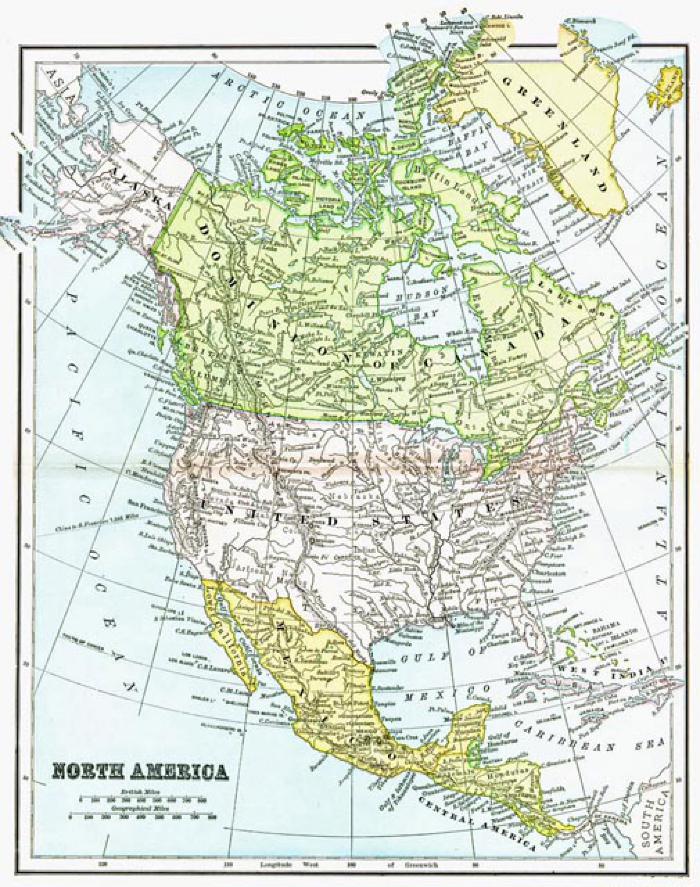Lower Forty-Eight States — Camani

When Alutiiq speakers talk about the continental United States they use the word camani, which literally means “down there.” In Alaska, the English equivalent is “the Lower Forty-eight.”
Despite the separation between Alaska and regions south that camani implies, anthropologists believe that Alaska was the major gateway to the Americas, the region through which ancestral Native American societies arrived from Asia many thousands of years ago. In the past decade, however, opinions on the timing and the route of these migrations have changed. Archaeologists once argued that hunters simply walked into Alaska at a time when waters surrounding the Bering Straits were tied up in glacial ice and proceeded south to populate the remainder of North and South America about eleven thousand years ago.
While it is quite likely that some people walked into Alaska from Siberia, new archaeological data suggest that others may have boated east, arriving much earlier than expected. Although the oldest finds in coastal Alaska are less than 10,000 years old, data from the Channel Islands off the southern coast of California illustrate that maritime peoples were well established by at least 11,600 years ago.
Did North America’s earliest settlers paddle past Kodiak? Although archaeological data presently suggest that Kodiak’s first permanent settlers arrived about 7,500 years ago, evidence of earlier visitors may be present. People were living on the Alaska Peninsula and the eastern Aleutian Island well before this time. Changing sea levels and millennia of erosion have likely obliterated much of the evidence of Kodiak’s first colonists, but careful research might one day expose evidence of very early connections between coastal Alaska and the Lower Forty-eight.
